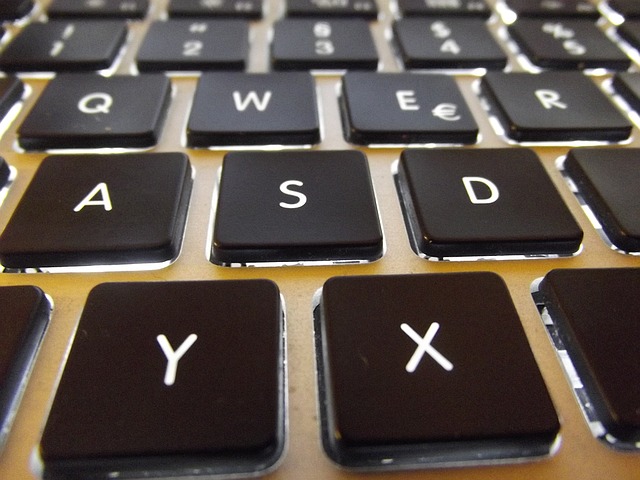


On the other hand, this means it’s easy to use as a handheld tablet without accidentally hitting any icons. It’s physically indistinguishable from the Surface Go 2, so you’re getting some seriously chunky bezels compared to more modern edge-to-edge screens like the HP Elite Folio. It also weighs just 544g and measures in at 245 mm x 175 mm, which is both ideal to slide into a small bag for commuting and makes it suitable for smaller hands. Without the optional Type Cover keyboard, it’s just 8.3mm thick but the build quality is solid, with very little flex occurring when pressure is applied thanks to its sturdy magnesium alloy chassis. While it doesn’t have the same power as the rest of the Surface range, it does at least share a similarly attractive design, albeit a slightly dated one. You’re not getting a portable workstation here, and Microsoft certainly doesn’t try to convince you otherwise, which pitches the Go 3 towards students and professionals with low hardware demands. Much like its predecessors, the Go 2 and the original Surface Go, the Surface Go 3 tries to capture the appeal of beefier Surface Pro products in a similarly designed, more affordable package that can appeal to users with less demanding needs.


 0 kommentar(er)
0 kommentar(er)
